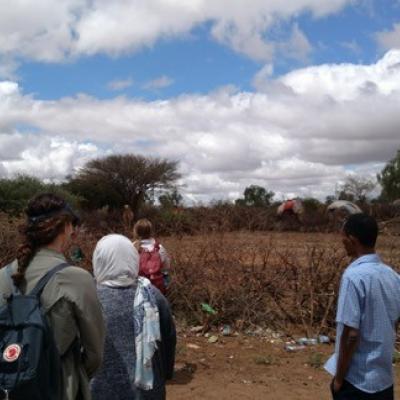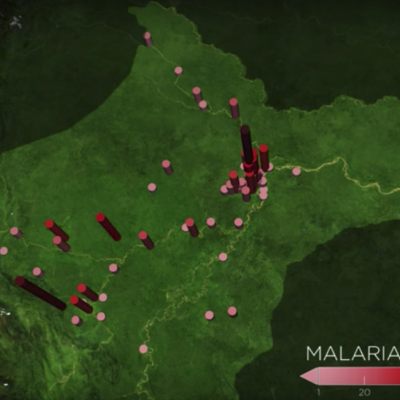Diseases
Vector-borne diseases are responsible for over 17% of all the infectious diseases globally. Many of these diseases are preventable through protective measures, provided local authorities are aware of the potential outbreaks of the responsible vectors. Vectors are living organisms that are able to transmit diseases between humans or from animals to humans. These diseases include but are not limited to cholera, malaria, dengue fever, Zika, schistosomiasis, and West Nile fever.




